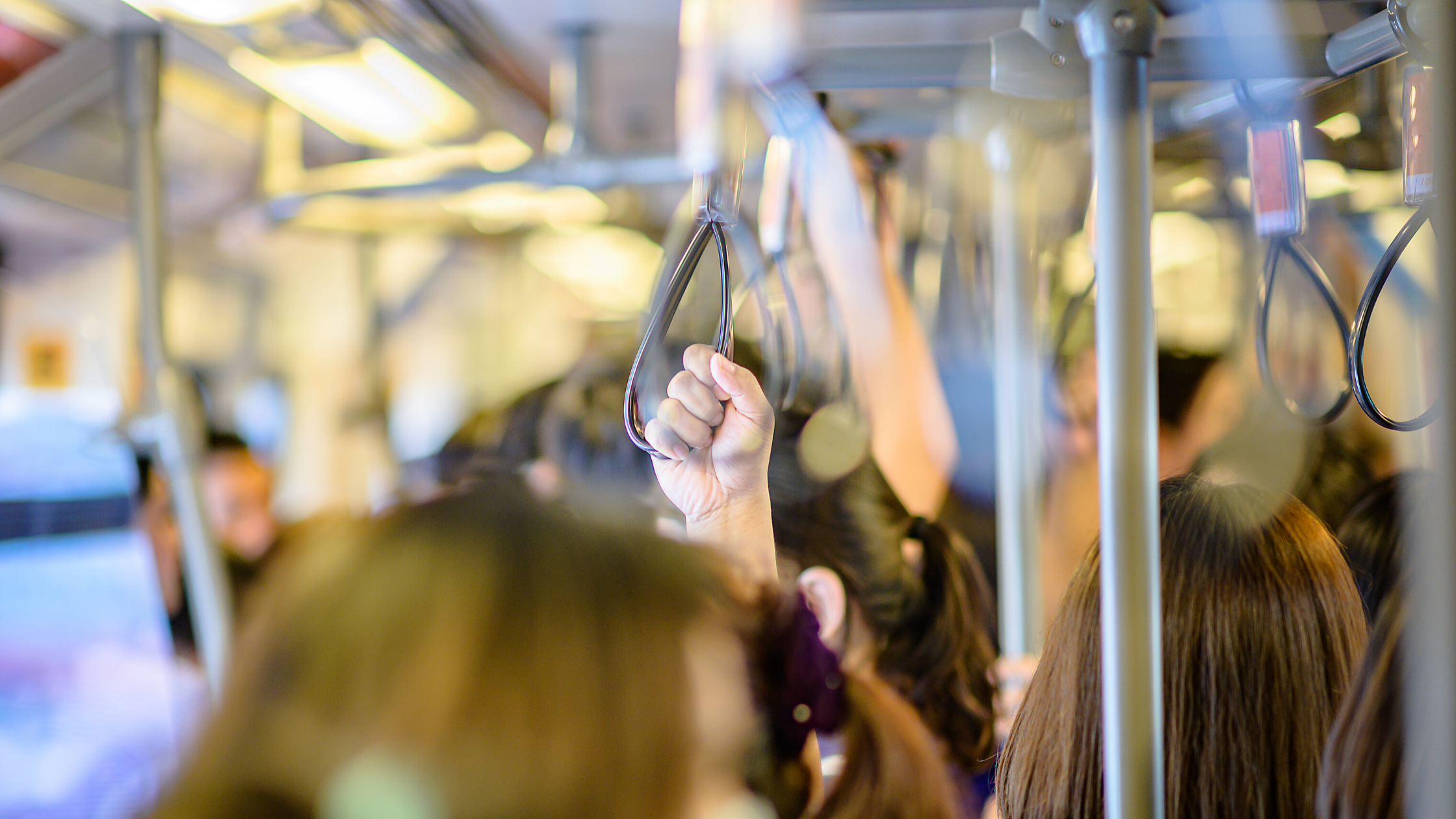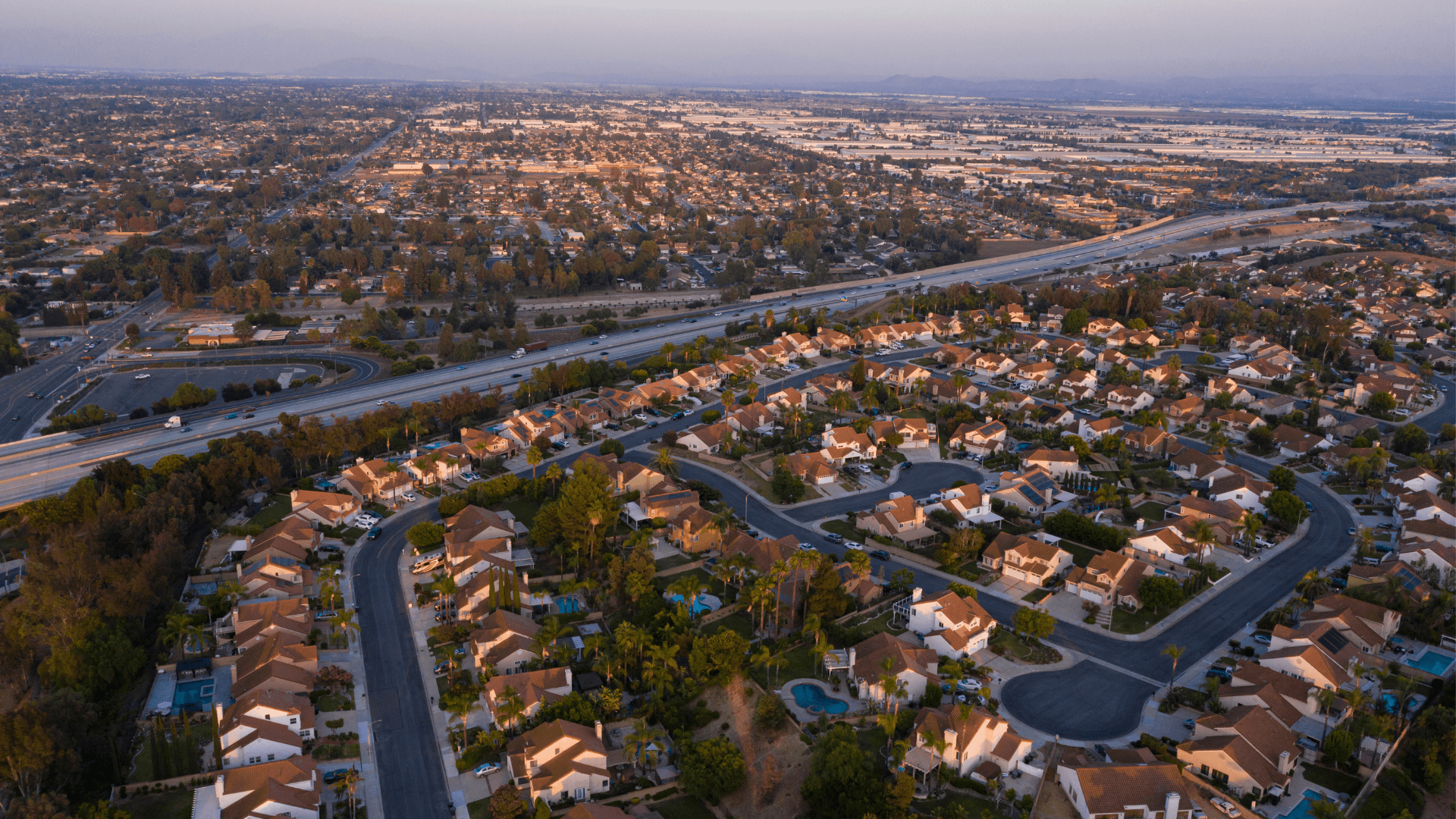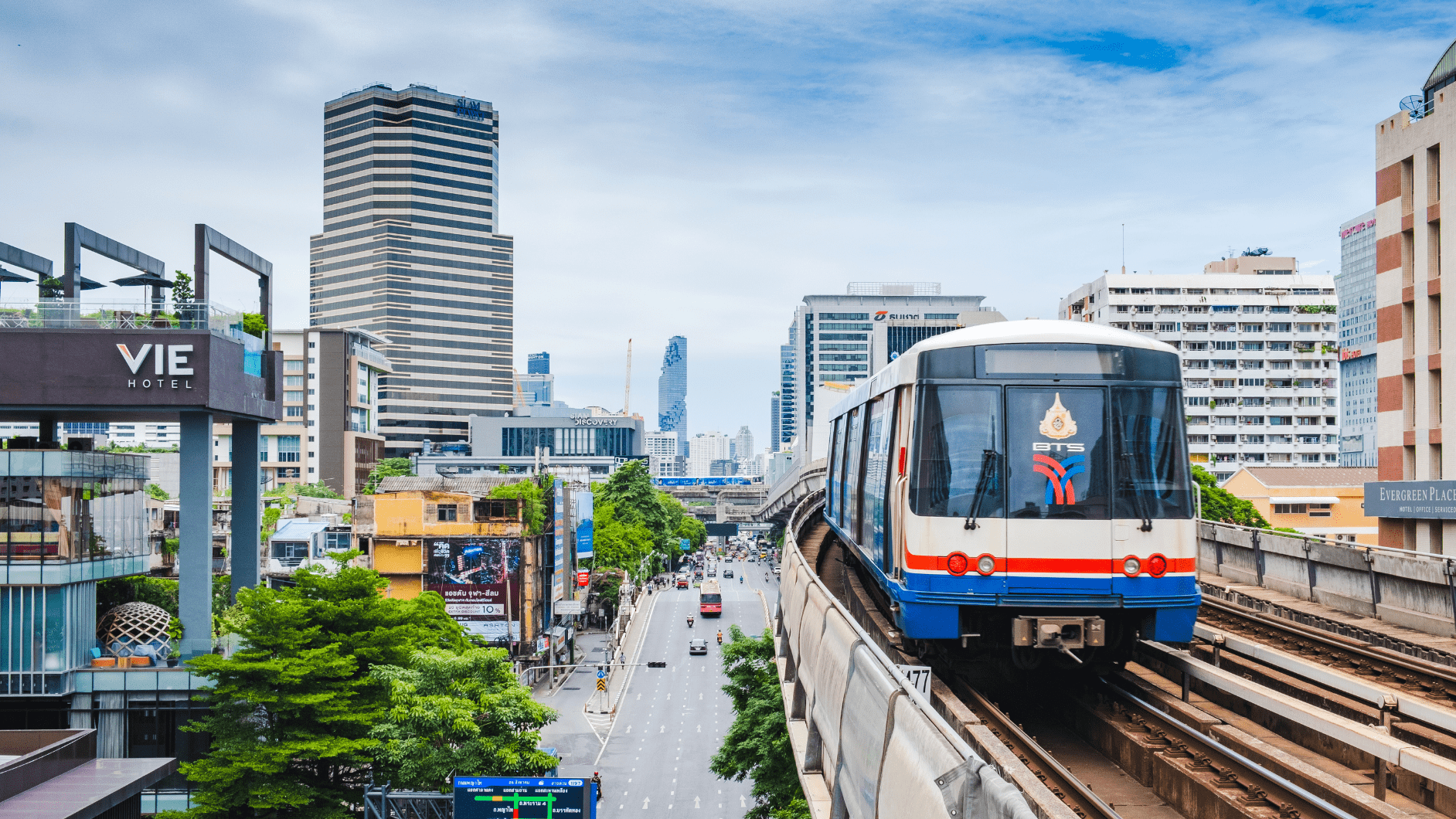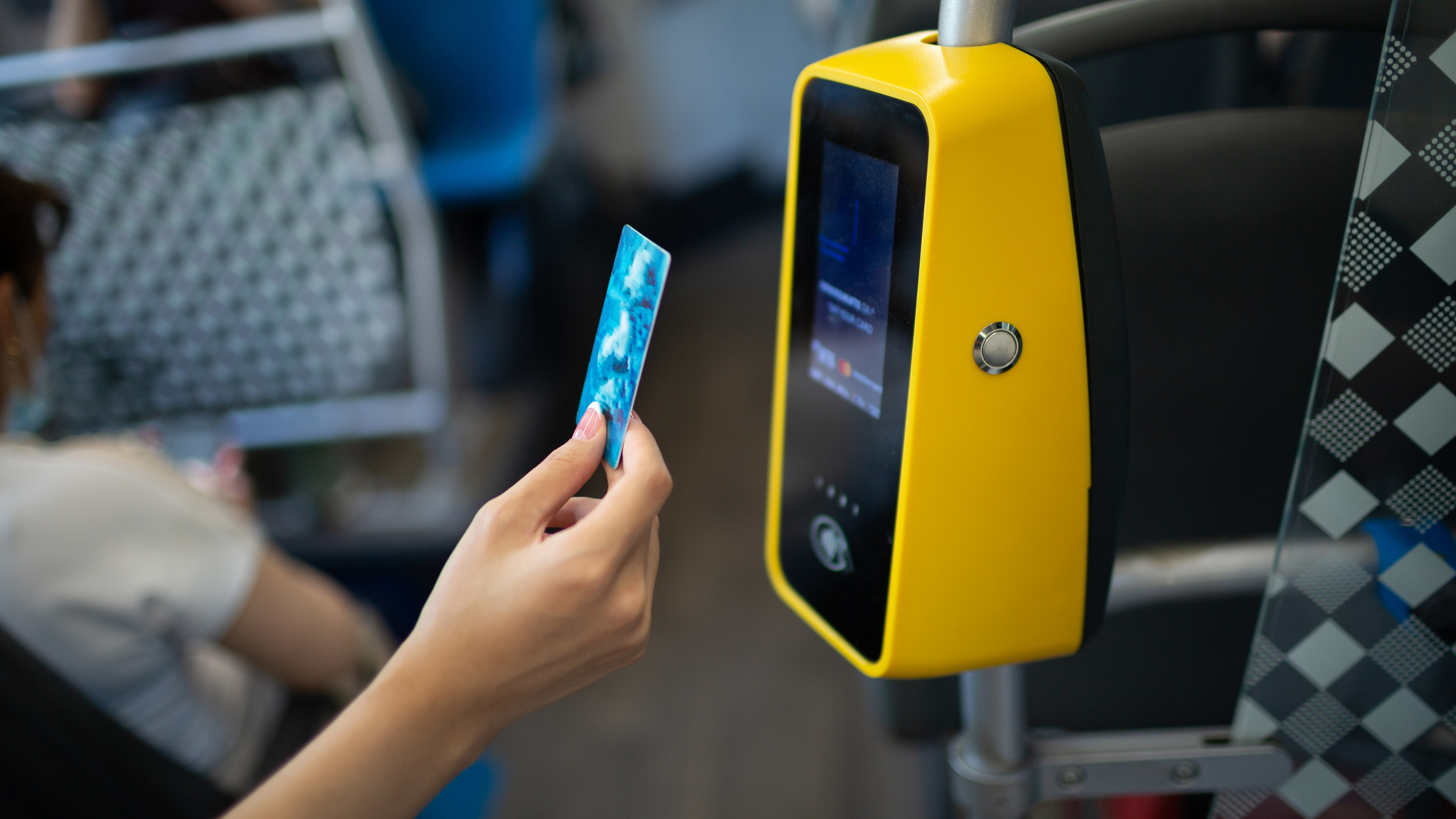What’s the future of public transport and transit payments?
by Andreea

Littlepay’s lockdown chats with industry colleagues explored the impact of the coronavirus pandemic on public transport and transit payments.
The emergence of Covid-19 triggered a rapid decline in public transport ridership and revenue. As governments warned to avoid all but essential travel, operators maintained services to allow key workers to travel to and from work. Balancing the pressures of a health and economic crisis, agencies and operators quickly remobilised, implementing a raft of health and safety measures to protect passengers and staff.
Their recovery rests on rebuilding passengers’ trust in using public transport. Passengers must feel safe and convinced that public transport delivers value and relevance to them, in light of changes they have made to the way they live and work. It is a time for intense scrutiny.
Could peak times be a thing of the past? Are season tickets dead? How will public transport and micro-mobility co-exist? Will cash be removed from vehicles altogether?
We took the opportunity during lockdown to meet virtually with some of our esteemed industry colleagues to hear their views on the impact of Covid-19 on public transport and transit payments. We are thankful for their insight.
Littlepay’s lockdown chats
“The immediate effect was a hammer blow!” said Ben Whitaker, Head of Innovation/Co-Founder, Masabi, at our virtual roundtable discussing the effect of the pandemic on public transport payments.
During a 60-minute chat, we heard interesting perspectives from Ben, Ana Reiley (Global Head of Delivery, Urban Mobility, Visa), Kanwar Brar (Interim Group IT Director, The Go-Ahead Group) and our CEO, Amin Shayan.
Our discussion began by examining the devastating result of lockdown, which drove down public transport ridership by as much as 95% in some instances. We explored how work-from-home advice has impacted travelling behaviour and how this may create demand for pay-as-you-go ticketing and capped fares. Finally, we considered how the global health crisis may affect cities’ long term vision for urban mobility. Our panel had some interesting thoughts on whether MaaS would be derailed or accelerated.
In addition to our roundtable, we caught up with Antonio Carmona, General Manager at Ticketer, and John Elliott, Head of Practice at Consult Hyperion, to hear their expert analyses of the current situation and the way forward. They shared fantastic insight into the position of the public transport sector mid-pandemic and the path to recovery.
We’ve collected some video soundbites from our discussions for your viewing.
Trending Topics

Nevada County Connects leverages Cal-ITP’s Mobility Marketplace to elevate the payment experience across its bus network

The Monroe County Transportation Authority modernises its fare collection infrastructure using Cal-ITP’s Mobility Marketplace

 Insight
Insight
 Knowledge
Knowledge
 News
News



